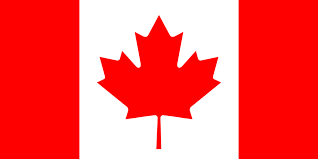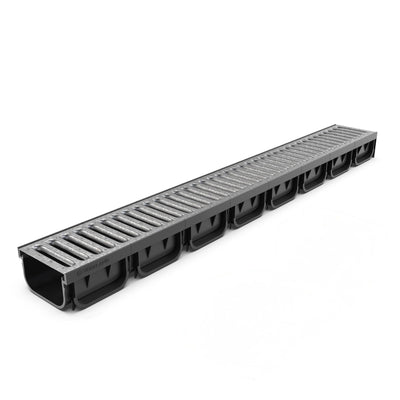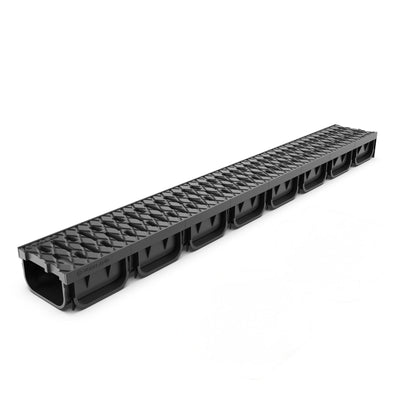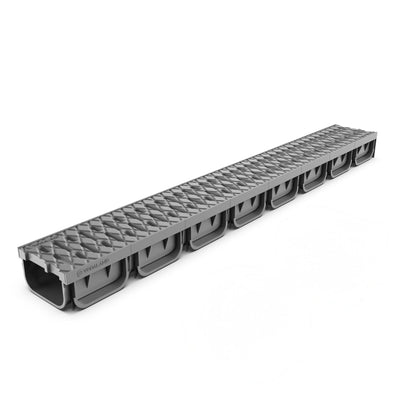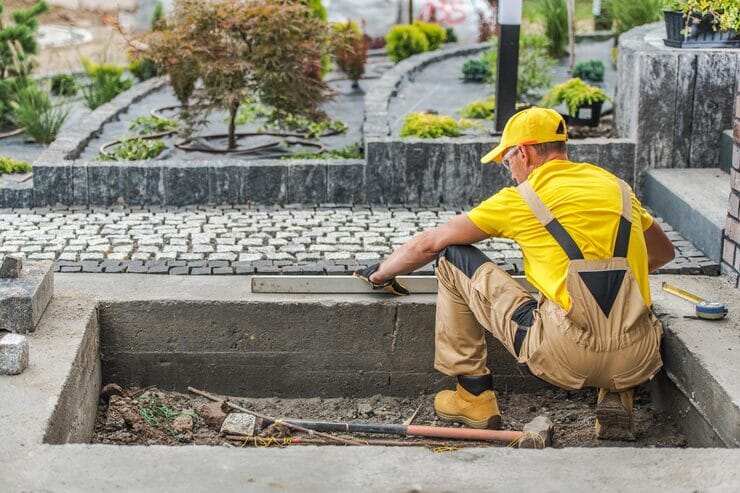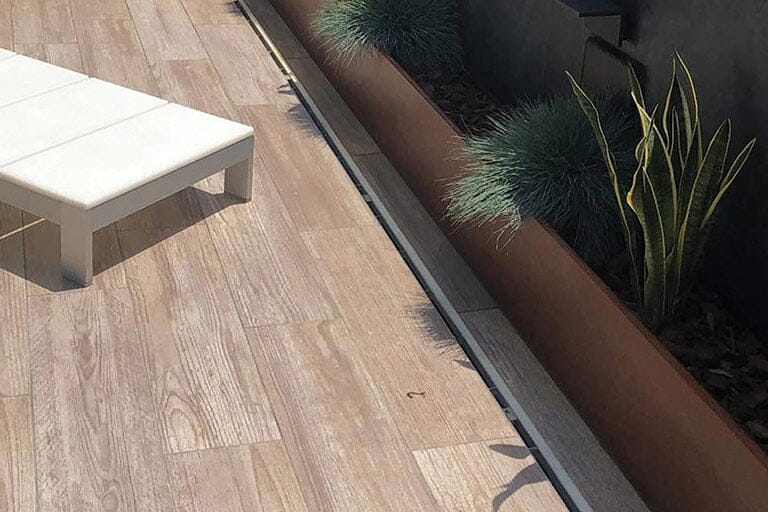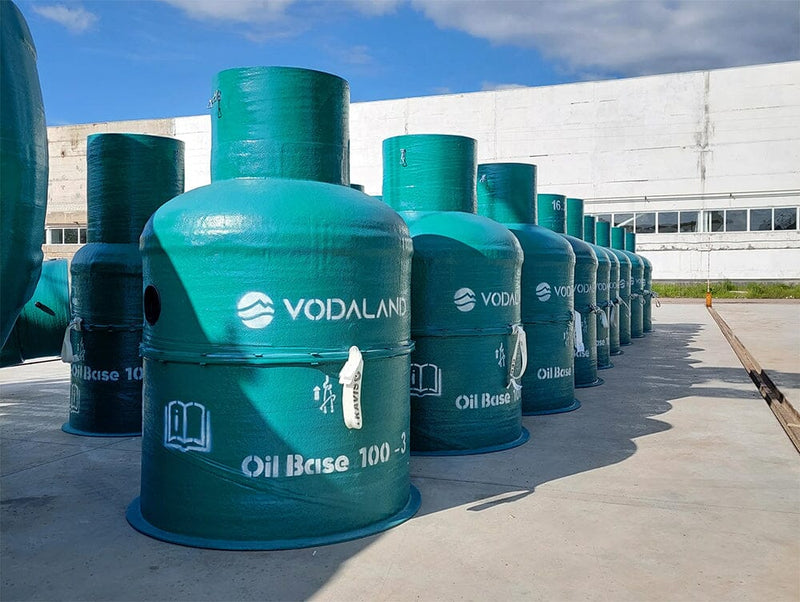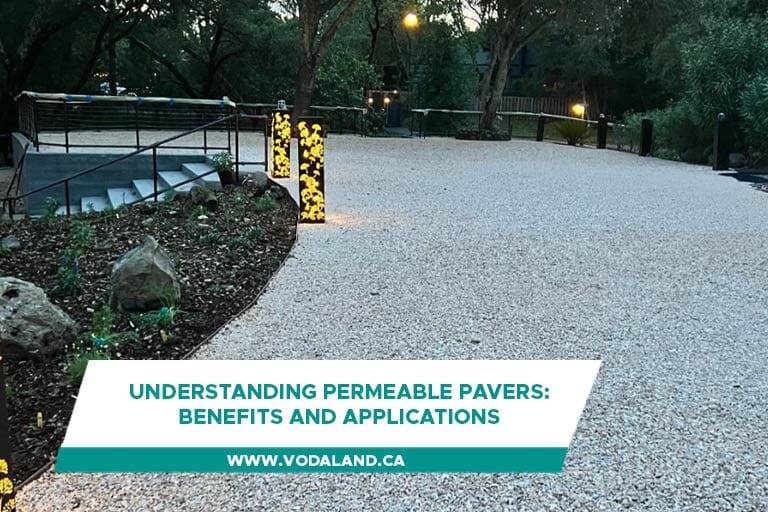Types of Surface Drainage Systems for Controlling Surface Water and Excess Water
-
24/09/25
-
Vodaland Canada
When rainstorms hit, snow melts quickly, or irrigation adds more water than the soil can absorb, homeowners often face the same problem: excess water with nowhere to go. Without a dependable surface drainage system, a property may soon experience soggy lawns, water accumulating in driveways, and even basement leaks as a result of water seeping into foundation cracks. They may result in long-term property devaluation, expensive landscaping maintenance, and structure damage. By understanding and investing in the right surface drainage design, you can transform a vulnerable yard into one that stays dry, safe, and functional year-round.
This article breaks down why a drainage system is so important, the surface drainage types available, and how each works as an effective way to manage excess water. You’ll also learn about professional drainage solutions from Vodaland, including trench drains and catch basins, which are designed to protect your property from water damage while blending seamlessly with your outdoor environment.
Why Surface Drainage Systems Are Important
Unchecked water is one of the most damaging things in a house. In the absence of an adequate drainage system, even mild rainfall can result in surface runoff that exceeds the soil's capacity, saturates landscaping, and forms depressions where puddles can remain for days. This much moisture eventually damages plant health, promotes mosquito reproduction, and can cause bad smells. When water collects around the foundation, it can infiltrate cracks, freeze during winter, and weaken structural integrity.
A thoughtfully designed surface drainage system offers an effective way to manage excess water before it becomes a problem. It ensures the flow of water is redirected away from sensitive areas, helping to prevent soil erosion, preserve landscaping, and reduce the risk of flooding indoors and outdoors. By guiding water to safe exit points, drainage systems prevent damage to patios, driveways, basements, and lawns.
Ultimately, the importance of installing a surface water drainage system is about prevention. Instead of waiting until water damage requires costly repairs, investing early ensures you manage excess water and maintain a safe, dry, and appealing property year after year.

Key Benefits of Installing a Surface Drainage System
Adding a surface drainage system is one of the smartest ways to protect your home. Here are some of the biggest benefits homeowners experience:
-
Flood Prevention – Proper drainage dramatically reduces the risk of flooding during storms or spring snowmelt. Basements, garages, and patios stay dry.
-
Foundation Protection – A proper drainage system prevents water from pooling around the foundation, preventing cracks, shifting, and costly structural damage.
-
Preservation of Landscaping: Trees, gardens, and lawns flourish without being overly wet. Plants sustain healthy root systems.
-
Soil Stability: You can stop soil erosion that weakens patios, retaining walls, and sidewalks by directing runoff into surface drains or ditch systems.
-
Better Outdoor Environments: Standing water encourages mildew and draws bugs. Drainage removes these dangers.
-
Increased Property Value – Buyers appreciate homes with effective surface water management, making this upgrade a long-term investment.
In short, installing a surface drainage system is an essential way to protect your property from water damage, enhance safety, and preserve home value.
Best Types of Surface Drainage Systems Explained
Not all drainage systems are created equal. Depending on your property’s layout, soil type, and exposure to large volumes of water, one approach may work better than another. While some methods of surface drainage are simple, others require engineered planning and professional installation. Below, we’ll walk through the most common types of surface drainage, explaining how they work and where they are best applied.
You'll be more equipped to select the best option if you comprehend the components of surface drainage system design. Every kind of drainage system, from trench drains to open ditches, has special advantages. Understanding their performance enables you to make sure your investment provides long-term security.

Open Drainage Systems and Their Applications
One of the earliest and most useful surface drainage techniques is an open drainage system. It collects and diverts water away from low-lying areas using strategically constructed shallow or deep ditches. These channels are a dependable choice in regions that frequently experience high rainfall or on properties that frequently deal with significant water volumes because they efficiently manage surface runoff.
-
Applications: Farms, rural roadsides, and large residential plots.
-
Benefits: Cost-effective, simple to construct, excellent for removing excess water from wide areas quickly.
-
Challenges: Requires regular clearing of debris, and while efficient, open ditches can interrupt landscaping aesthetics in modern residential yards.
For homeowners, open drainage is a straightforward way to manage excess water, though it may be combined with subsurface drainage systems or trench drains for a more discreet finish.
Humps and Hollows in Surface Drainage Design
The hump and hollow method is a clever surface drainage system often used in agricultural settings. Here, the land is graded into alternating raised sections (humps) and lowered sections (hollows). Rainwater runs off the humps and collects in the hollows, where it is directed to surface drains or larger ditches.
-
Applications: Fields, pastures, and large open landscapes.
-
Benefits: Low-cost, improves crop yield by reducing excess moisture, and prevents poor drainage conditions that damage soil.
-
Challenges: Not aesthetically pleasing in residential settings, and maintenance is required to keep the grading intact.
This design is one of the most effective ways to manage excess water in agriculture, as it reduces standing water, enhances soil aeration, and supports better plant growth.
Levees and Graded Banks for Surface Water Control
Levees and graded banks are embankments built to hold or redirect excess water. They act as barriers, confining water to designated channels and preventing overflow into vulnerable areas.
-
Applications: Properties near rivers, lakes, or flood-prone zones.
-
Benefits: Provides strong flood protection, prevents erosion, and gives homeowners confidence during storms.
-
Challenges: Requires significant engineering, occupies space, and is most suitable for rural or semi-urban environments.
When paired with catch basins and controlled outlets, levees become part of a robust that manages both surface runoff and flood risks.
Controlled Surface Drainage Systems for Runoff Management
Unlike traditional systems, controlled surface drainage uses gates, valves, or adjustable barriers to regulate water flow. These systems consist of structures that allow operators to raise or lower water levels, depending on weather patterns.
-
Applications: Agricultural irrigation, estates, large landscapes.
-
Benefits: Improves irrigation and drainage, conserves water, and reduces nutrient loss.
-
Challenges: Higher cost and requires a professional setup.
For farmers and property owners, controlled systems provide a sustainable way to manage excess water, particularly in regions where both drought and flooding are concerns.

Grassed Waterways for Flooding Prevention
Grassed waterways are shallow channels planted with turf grass that slow the flow of water while reducing erosion. These channels act as natural surface drains, guiding runoff gently toward outlets like catch basins or French drains.
-
Applications: Parks, golf courses, large residential lawns.
-
Benefits: Eco-friendly, blends into landscaping, prevents erosion, enhances curb appeal.
-
Challenges: Requires mowing, reseeding, and consistent grass health for effectiveness.
Grassed waterways provide an effective way to manage excess water while enhancing property aesthetics, a win-win for homeowners.
When to Install a Surface Drainage System
The best time to install a drainage system is before you see serious water damage. Warning signs include recurring puddles, a soggy lawn that never dries, foundation cracks, or water intrusion in basements. If you live in areas prone to heavy rainfall or properties with clay soil that drains poorly, drainage should be a priority.
In northern climates, freeze-thaw cycles make it even more important. Water that seeps into the ground, freezes, and expands can lift and crack driveways, patios, and foundations. By installing a surface drainage early, you reduce long-term repair costs and maintain a healthy yard year-round.
How to Select the Right Surface Drainage System
Choosing the right system starts with evaluating property size, slope, soil, and water flow. Smaller urban homes may benefit from trench drains or downspout and gutter systems, while larger estates might require open ditches or levees.
Working with professionals helps ensure the components of the surface water drainage system design align with your property’s unique needs. Always consider aesthetics, budget, and maintenance when selecting the right type of drainage system. By doing so, you’ll find the most effective way to manage excess water for the long term.

Vodaland – Professional Surface Drainage Solutions
When it comes to durable and reliable surface drainage solutions, Vodaland is Canada’s trusted name. Their innovative surface drains and trench drains are engineered to redirect excess water efficiently while blending with residential and commercial designs.
-
Explore trench drains for driveways, patios, and walkways, which are an effective way to manage excess water in high-traffic areas.
-
Use catch basins to capture and channel water underground, preventing blockages and ensuring long-term performance.
-
With products designed for both residential and commercial properties, Vodaland systems consist of everything you need to handle large volumes of water year-round.
By choosing Vodaland, you invest in proven products that not only manage excess water but also enhance the safety, beauty, and value of your property.
Featured Products
From Trench drain for yard, patio and garden collection


